Species Photo Gallery for Chlorotettix tergatus No Common Name 18 |
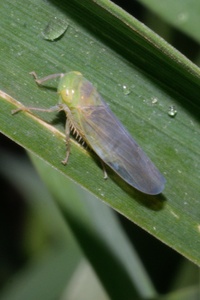 | Photo by: Scott Bolick
Watauga Co.
Comment: | 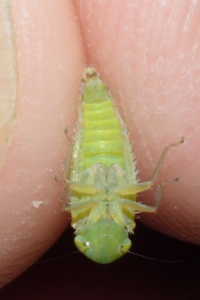 | Photo by: Scott Bolick
Watauga Co.
Comment: |
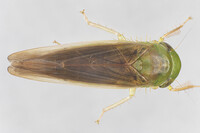 | Photo by: Solomon Hendrix
Out Of State Co.
Comment: female from Massachusetts | 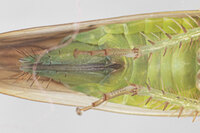 | Photo by: Solomon Hendrix
Out Of State Co.
Comment: female from Massachusetts |
 | Photo by: Solomon Hendrix
Out Of State Co.
Comment: female from Massachusetts | 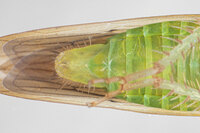 | Photo by: Solomon Hendrix
Out Of State Co.
Comment: male swept from tall grasses; coastal MA |
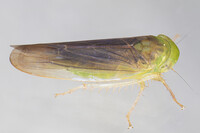 | Photo by: Solomon Hendrix
Out Of State Co.
Comment: male swept from tall grasses; coastal MA | 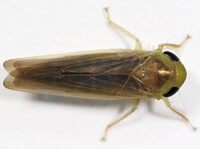 | Photo by: Rob Van Epps
Mecklenburg Co.
Comment: Caught sweeping. Weedy field. |
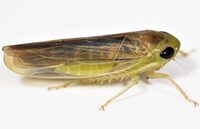 | Photo by: Rob Van Epps
Mecklenburg Co.
Comment: Caught sweeping. Weedy field. | 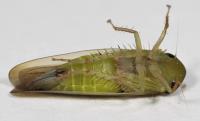 | Photo by: Rob Van Epps
Mecklenburg Co.
Comment: Caught sweeping. Weedy field. |
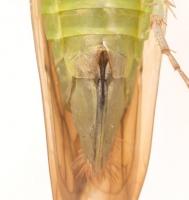 | Photo by: John Rosenfeld
Out Of State Co.
Comment: female | 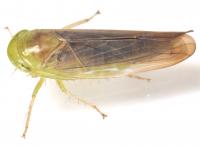 | Photo by: John Rosenfeld
Out Of State Co.
Comment: female |
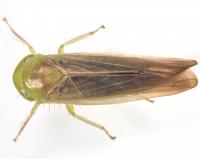 | Photo by: John Rosenfeld
Out Of State Co.
Comment: female |  | Photo by: Rob Van Epps
Mecklenburg Co.
Comment: Opening in woods. Attracted to black light. |
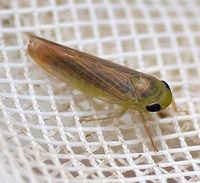 | Photo by: Paul Scharf, B Bockhahn
Rockingham Co.
Comment: Caught sweeping |  | Photo by: Paul Scharf, B Bockhahn
Rockingham Co.
Comment: Caught sweeping |
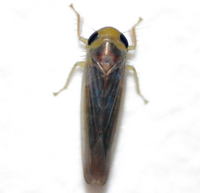 | Photo by: Kyle Kittelberger
Wake Co.
Comment: microstygium in clearing among mixed hardwood forest | 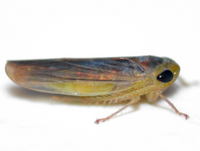 | Photo by: Kyle Kittelberger
Wake Co.
Comment: microstygium in clearing among mixed hardwood forest |
|

 »
»


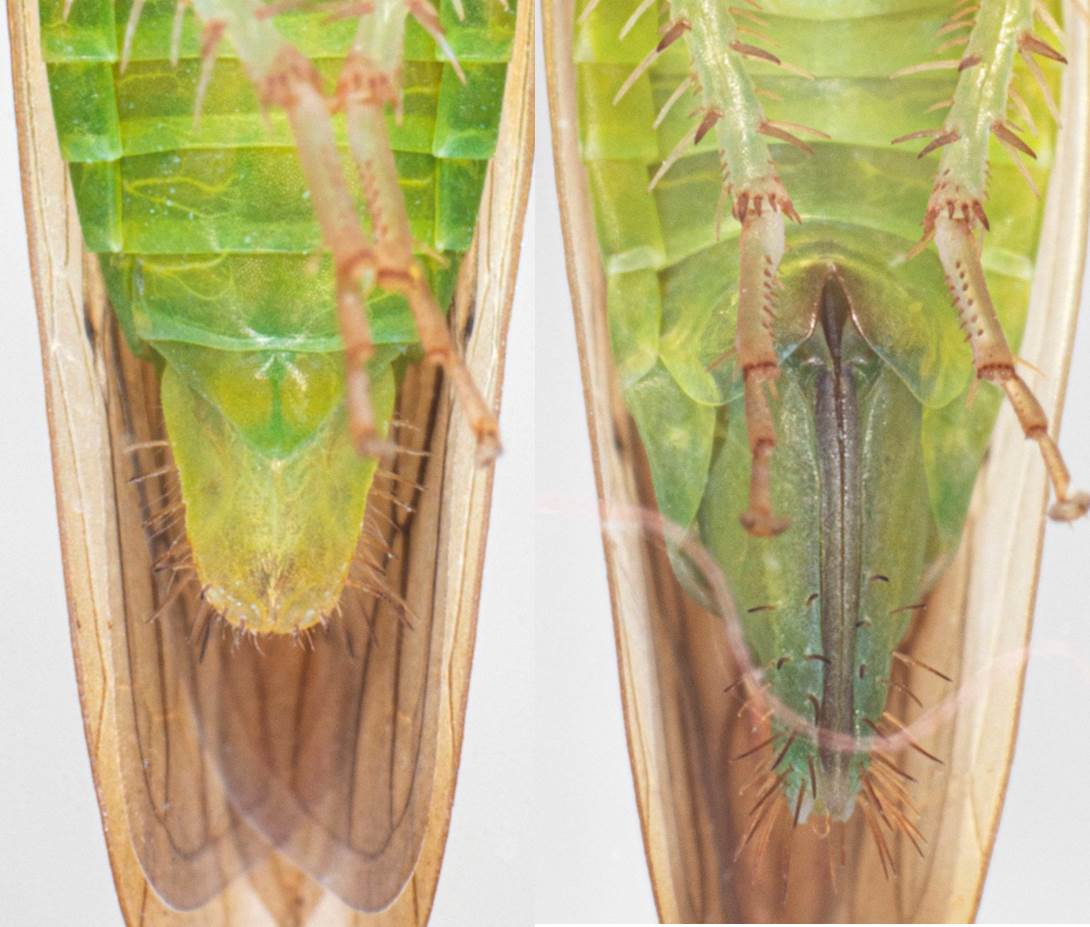

 »
»


